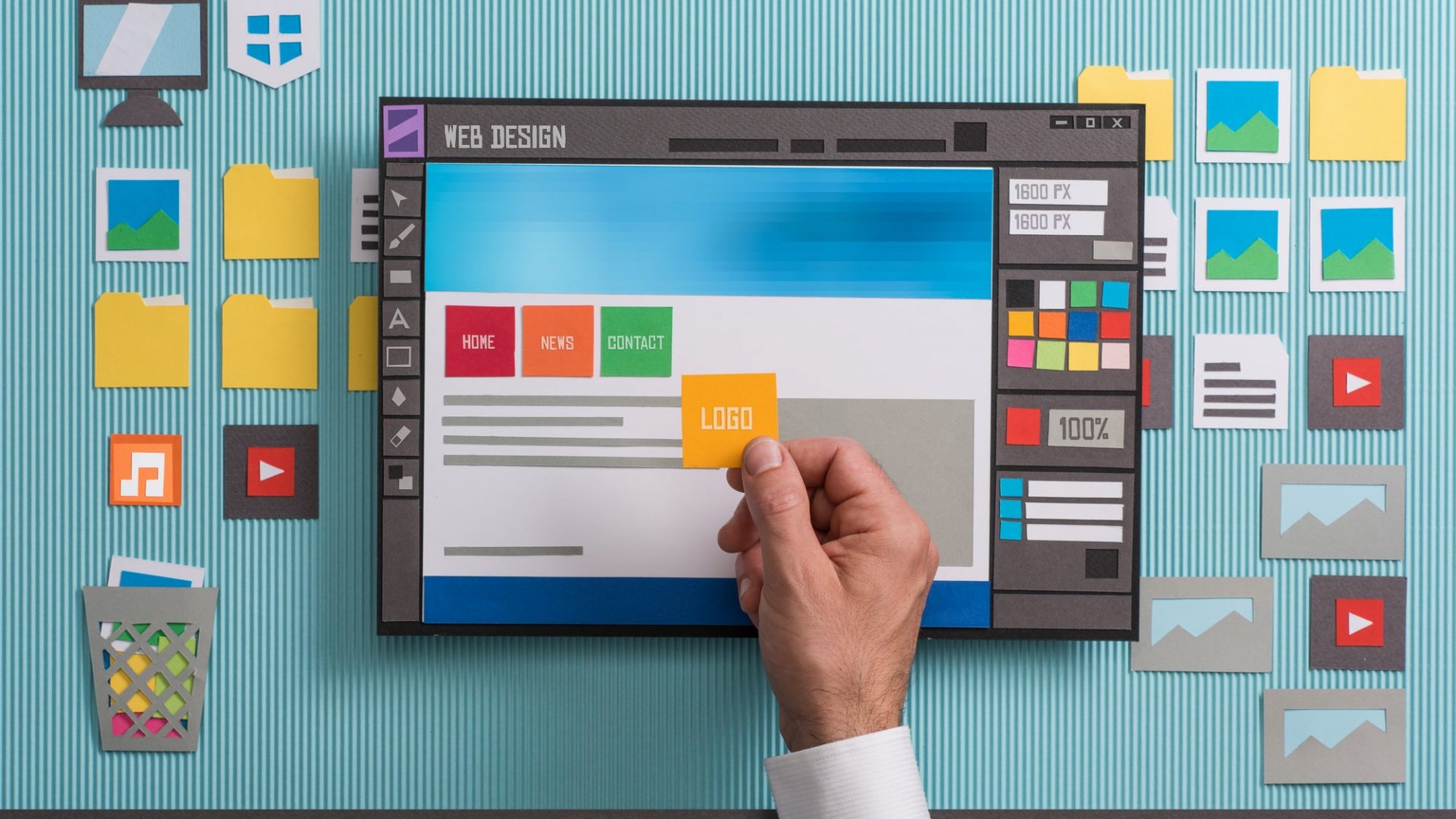A Comprehensive Guide to Crafting Visually Appealing and Functionally Durable Website Design Solutions
In the ever-evolving landscape of web style, the equilibrium in between visual allure and functional integrity continues to be critical. A thorough understanding of foundational style principles, alongside an eager emphasis on user experience, can dramatically boost the effectiveness of internet remedies. By leveraging elements such as color theory and responsive formats, designers are equipped to create not only cosmetically pleasing user interfaces but also ones that promote customer interaction. Nevertheless, the journey from concept to execution includes added layers of intricacy that quality exploration, specifically in the realms of testing and optimization. What techniques can be used to accomplish this fragile balance?
Understanding Layout Principles
Comprehending layout concepts is fundamental to developing efficient internet remedies that engage customers and interact messages clearly. These concepts work as the foundation for any successful design job, assisting the aesthetic and practical elements of a site. Secret layout principles consist of balance, comparison, positioning, rep, and closeness, each playing a crucial function in establishing a natural and visually pleasing format.
Contrast boosts readability and draws attention to crucial attributes, enabling individuals to browse the web content easily. Repetition enhances a consistent aesthetic language, enhancing brand identity and enhancing user knowledge with the interface.
Importance of User Experience
Individual experience (UX) is vital in web style, as it straight affects how site visitors interact with a website and regard its value. A well-designed website not just brings in individuals however likewise keeps them involved, ultimately leading to higher conversion prices and consumer fulfillment. UX includes various aspects, including functionality, accessibility, and the overall aesthetic allure of the website.

In addition, favorable user experiences foster brand loyalty and urge repeat sees. On the other hand, an inadequate UX can harm a brand's reputation and discourage possible consumers. Consequently, buying UX layout is not simply an aesthetic consideration; it is a strategic strategy that can dramatically influence a service's profits. Eventually, prioritizing customer experience in website design is crucial for developing practical, engaging, and effective sites that fulfill the needs of modern customers.
Shade Theory in Website Design
Shade theory plays a critical role in web layout, influencing not only the visual charm of a site yet likewise the emotional feedbacks of its customers. Comprehending shade characteristics is vital for creating a reliable individual experience. Shades can evoke particular sensations; for example, blue often shares count on and professionalism and reliability, while red can infuse exhilaration or seriousness.
Corresponding shades can produce vibrancy, while comparable colors provide a more serene feel. Making use of devices like shade wheels can help in determining efficient color mixes.
In addition, social context plays a considerable role in color analysis. While white indicates purity in Western societies, it might represent grieving in some Eastern societies. A thorough understanding of the audience is essential when using color concept.
Incorporating color psychology right into internet style not just enhances aesthetic appeal however also influences customer habits, leading them toward preferred activities. Ultimately, a well-balanced shade technique can dramatically elevate the general influence of a site.
Receptive and Flexible Formats
In addition to color concept, the structure and format of a site dramatically effect customer experience and interaction. web design. Receptive and learn the facts here now adaptive formats are important approaches for guaranteeing that websites work properly across a wide variety of devices and screen dimensions
Receptive design utilizes liquid grids and flexible pictures, permitting the layout to change seamlessly according to the viewport dimensions. This technique ensures a constant individual experience, as material reflows and resizes, maintaining availability whether watched on a smartphone, tablet, or desktop computer. Media questions play a vital function in responsive style by using various styles based on the device's attributes.

Both methodologies intend to improve individual experience by prioritizing use and access. Selecting between responsive and flexible designs mostly depends on task needs, target audience, and desired customer communications, ultimately adding to the efficiency of website design options.
Testing and Optimization Methods
Testing and optimization strategies are important elements of effective internet design, making certain that web sites not only fulfill individual assumptions however also carry out successfully across various systems. These methodologies incorporate a variety of techniques intended at evaluating use, capability, and total efficiency.
A/B testing is a fundamental technique, enabling developers to compare 2 versions of a website to determine which does better in terms of customer engagement and conversion prices. Customer testing is just as vital; it includes collecting feedback from genuine customers to useful link identify discomfort factors and areas for enhancement. This qualitative data can assist design modifications that boost customer experience.
In addition, efficiency optimization techniques such as image compression, code minification, and leveraging browser caching can substantially enhance tons times and responsiveness. Devices like Google PageSpeed Insights and GTmetrix give beneficial metrics for assessing website performance, enabling designers to make data-driven decisions.
Conclusion
Responsive formats contribute to a smooth individual experience across tools, further advertising interaction. Ultimately, the application of these approaches not only boosts individual satisfaction yet likewise drives conversion prices, strengthening the importance of a thorough design structure.